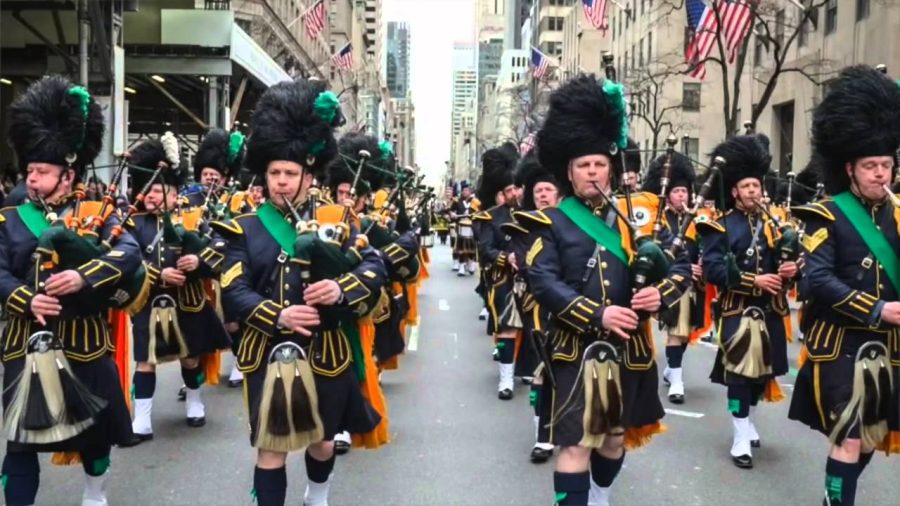Paddy’s v Patty’s: differences in the spelling of popular Irish holiday called into question
St. Patty’s or St. Paddy’s? If you’re like me, you had no idea there was a difference. St. Patrick’s day takes place every year on March 17, and is known to be a holiday during which many celebrate their Irish heritage.
The day revolves around the Christian apostle, Saint Patrick. Born in fifth century Britain, St. Patrick was kidnapped and brought to Ireland at the age of 16. He escaped from slavery and became the first person to bring Christianity to Ireland. Saint Patrick’s Day marks the death of the apostle. The holiday has expanded beyond those of Irish heritage, for many people across the country partake in various celebrations: watching the parade, eating traditional Irish dishes, or consuming copious amounts of alcohol.
The holiday has since strayed from tradition, as the United States has adopted only parts of the true Irish celebration. As a result, recent debates have arisen, with controversy stemming from the spelling of various nicknames for Saint Patrick.
Some Irish descendants have spoken-out against the term Patty being used as a nickname for Patrick. Though pronounced very similarly to Paddy, the nickname strays from tradition. According to Merriam-Webster, “Patrick is the Anglicized form of Pádraig, nicknamed Páidín and Paddy.” Thus many devout Irish descendants are quick to point out that the nickname Patty derives from the misinterpretation of the traditional nickname Paddy. While the name Paddy has Irish roots, Patty is a nickname often attributed to the female name, Patricia. Given the revered nature of the late Saint Patrick, such a reaction is justifiable.
If you want to play it safe, Saint Patrick’s Day as well as Saint Pat’s Day are two safe bets. These leave no room for error and ensure that none will take offense.
Saint Paddy’s Day has been observed for over one thousand years, and the many years of celebration have produced many interesting tales, as well as various facts that have been made widely known. For example, the famed three-leaf clover that has become synonymous with Irish heritage and the holiday is recognized by many as Ireland’s national flower, though unofficially. Though all are familiar with the clover as well as the elusive four-leaf clover, many aren’t familiar with how the plant came to be known to most as a symbol of luck it is today.
It is said that Saint Partick utilized the three-leaf clover as a mechanism to teach. He likened each of the three leaves to the Father, the Son, and the Holy Spirit in order to instruct the Irish on Christianity. However, the clover has also been appropriated by the Druids. They also utilized the shamrock as a symbol, but they believed the three leaves to represent a triple-goddess, which would protect them in all of their endeavors. However, the aspect of luckiness derives from the rarity of the four-leafed clover. As a testament to its rarity, the four-leafed clover is said to bestow luck to those who find them.
Regardless of your identity and affiliations, St. Patrick’s Day is a holiday in which everyone can get together with family or friends to eat traditional Irish food or just spend time together. Get out and enjoy all that Irish culture has to offer! Just make sure that in doing so, you remember to honor the wishes of the Irish. Happy Saint Paddy’s Day!


